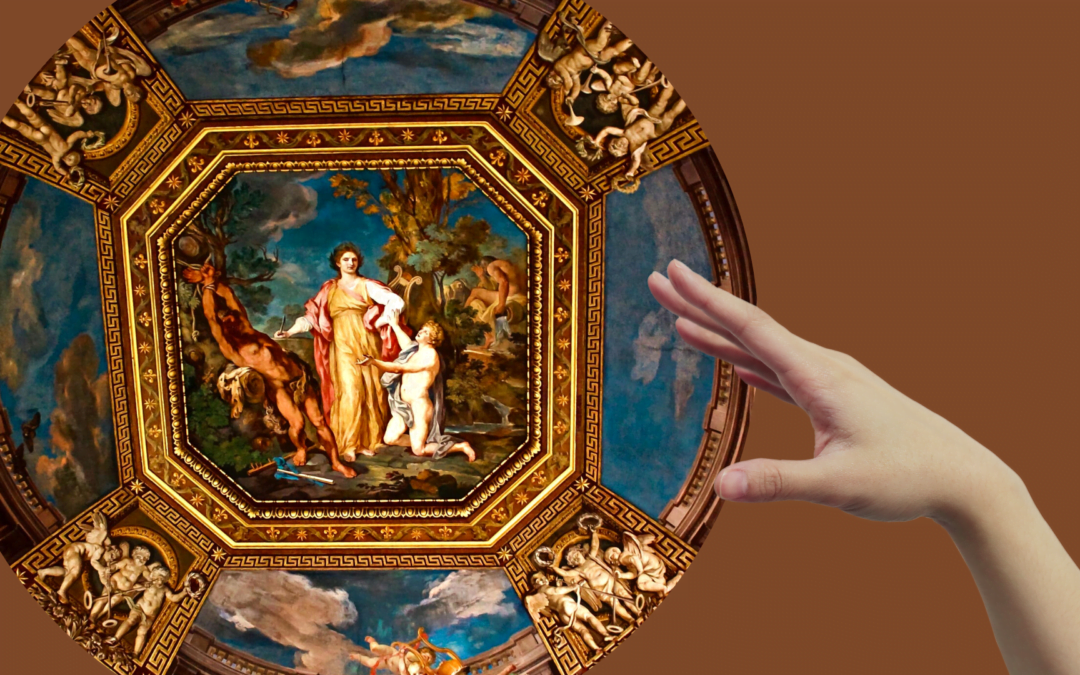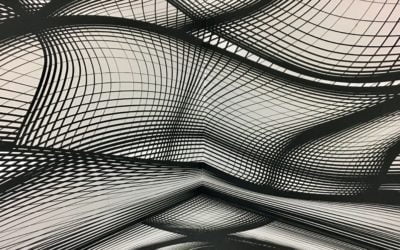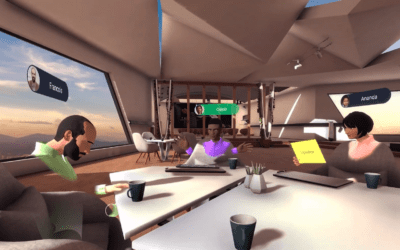- Traveling through time? Available right now! It’s at your fingertips thanks to VR technology! Teaching history is entering a new era!
- Get to know the Renaissance and Baroque from the side that history textbooks don’t offer by helping prepare the feast and the ball.
- Discover the mysterious history and walk around the sunken ship ORP “Orzeł”. It’s possible only due to VR technology and headset.

Download our ebook and get to know the VR world better
- 1. Same old story? Not with VR learning!
- 2. VR brings closer everyday life and the history of many amazing eras
- 3. Not just teaching! VR reveals the mysteries of history
Same old story? Not with VR learning!
“Back in my days, we didn’t have…” uh… how many times can you hear the same story? History is one of those topics that, when presented in the wrong way, can be very discouraging. And teaching this subject is very important, especially for the younger generations! History is not only the past that has shaped our everyday life but also a teacher that allows us to draw conclusions based on the mistakes made by others.
We have repeated the same story many times and written about the positive effects of immersive learning. In particular, how VR technology brings teaching and this method to a whole new level by engaging users. This VR solution works in many areas, such as ecology or first aid, but in the case of teaching history, it is more than just an engaging lesson that will stay with users for longer.
Thanks to VR technology, we can do what many students dream about during history lessons and, instead of talking about important events from the past, take them back in time to this moment.
Does it sound inviting? See for yourself by visiting different epochs and important historical events. We have several apps for you that will take you on this journey using VR, AR, or MR technology. Thanks to them, the mysteries of history are at your fingertips!
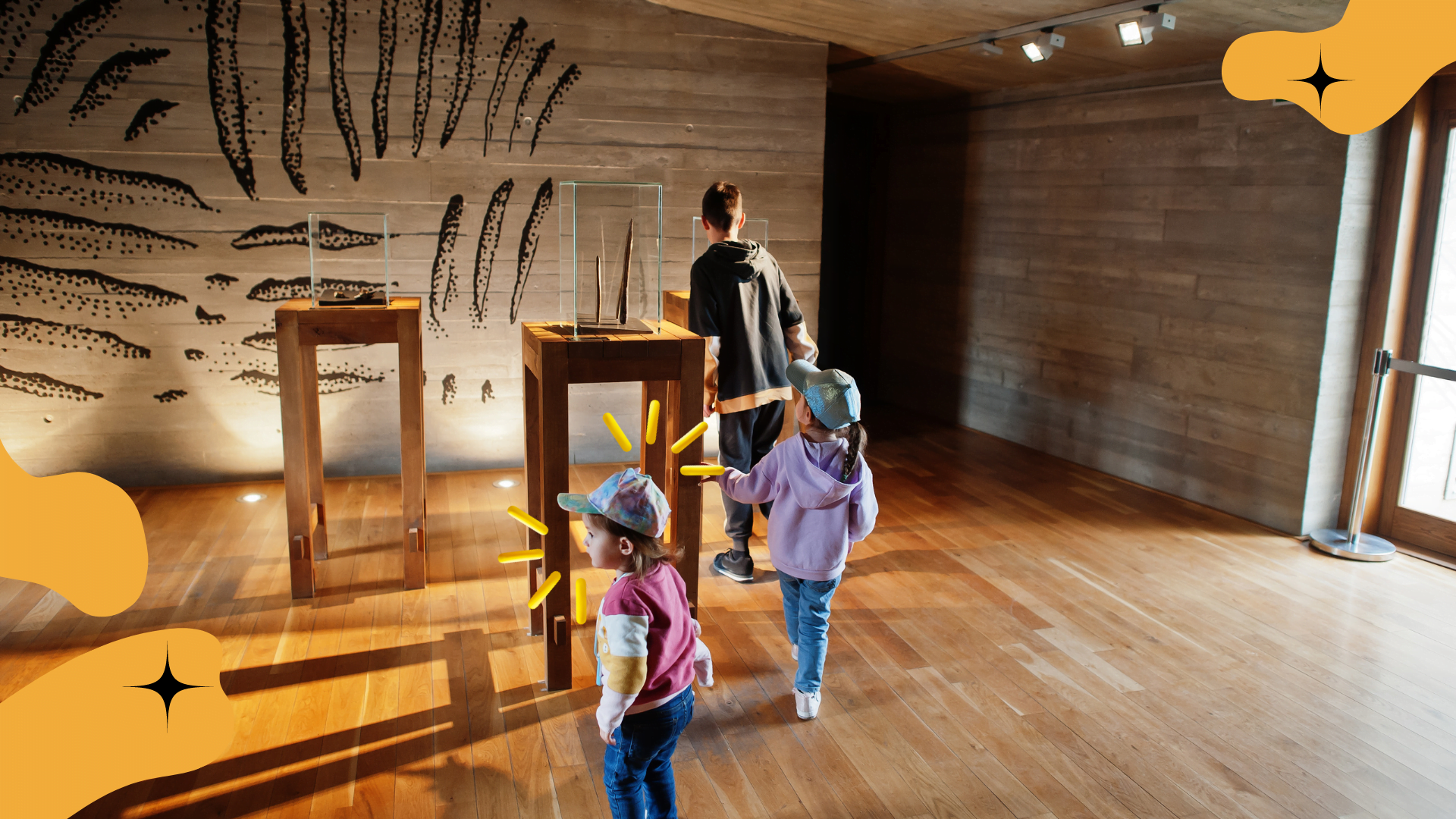
VR brings closer everyday life and the history of many amazing eras
When learning about issues related to the Baroque or Renaissance era, in every history textbook, the focus is usually on the same topics. While the Battle of Vienna and the invention of printing are essential and influential events, these two periods in history have much more to offer.
This is exactly what Continuum, an interactive application that is available to users as a special experience bringing to life observations of people being the witness of the secrets and wonders of those eras, is trying to show with the use of VR technology.
To make teaching less monotonous and more engaging, there are many visual effects in this VR experience. The story in the app is divided into four main sections. Users can choose between pinpointing a particular part of the former city, helping the cook serve the feast, choosing the right clothes for the ball, or watching the impactful cultural institution in early Europe.
That’s not everything yet! Teaching history using VR technology is even more attractive for children thanks to diverse, educating segments and mini-games.
Interactive dialogues and modules encourage them to sort information and memorize facts, thus motivating and helping them to learn.
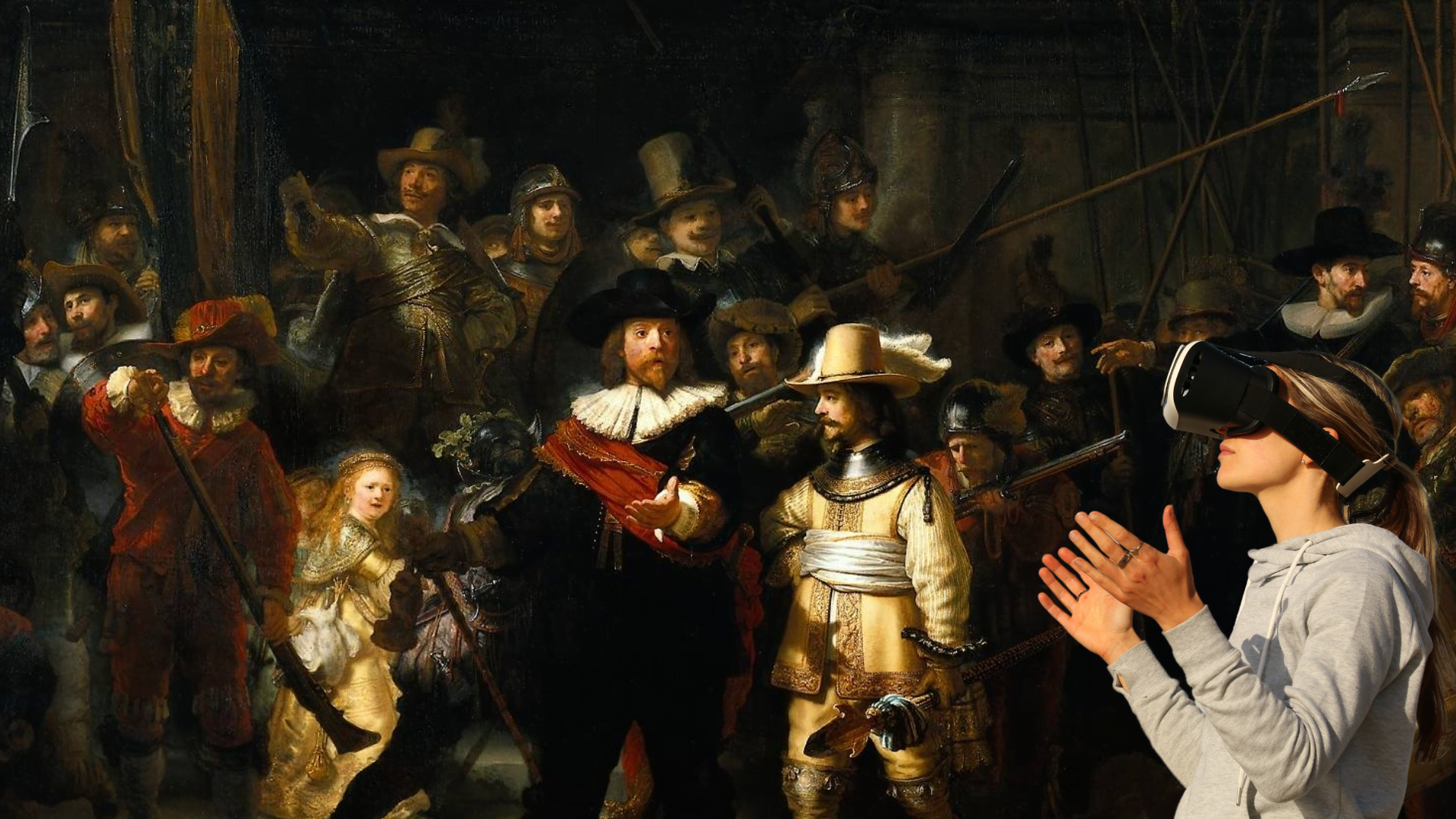
Continuum, a history-teaching VR experience, presents many possibilities and does it without expensive or hard-to-use technology. Users can choose from two modes that enable virtual time travel in different ways. This VR application is dedicated to a mobile device with the Android operating system and offers the option of using it without the use of goggles (the so-called “magic window” mode) or through the traditional VR mode.
Passing and teaching history has never been this reliable! That is why Continuum is precleared by specialists from the “Światowid” Center.
See what other apps we create
Not just teaching! VR reveals the mysteries of history
The year 1940. The middle of the Second World War. On May 20, the submarine ORP “Orzeł” was launched from Rosyth and never returned from patrol. There have been many theories as to why history happened the way it did. While VR technology cannot (yet!) bear any of them out, it can teach about this event and help history enthusiasts to reveal the many, fascinating secrets.
You don’t have to squeeze into a scuba diver’s suit and go down to the bottom of the sea to see this mysterious submarine. All you need is access to the VR headset and this 360º app.

Based on the photos of a realistic model of the “Orzeł” ship and VR technology, it was possible to create a virtual space that presents the entire interior of this submarine. Unlike usual sightseeing, in this case, every recess is available to virtual tourists.
It is a high-quality visual experience that teaches about the history of ORP “Orzeł” and does it in a way that is both comprehensible and understandable to everybody.
Browse through the marked interaction points which easily guide you around this mysterious object and discover its secrets. The arrow system and signs are presented in a very intuitive way. Thanks to these mechanisms, everyone can join the route!
VR technology caused teaching and promoting history to be no longer associated with boring lessons. Instead, it encourages you to explore and motivates you to discover the mysteries of history, thereby stimulating the spirit of explorers. Can textbooks do that?
Read other entries
3 extraordinary VR projects that play with physics
As VR developers, we are aware that many users of virtual reality headsets focus mainly on applications that are reliably mimicking real-life experiences. After all, this technology was created to expand the immersion effect of modern gaming. So it is very...
Seeing the world of geometry with Augmented Reality
Some say that we are surrounded by mathematics all the time, experiencing its presence in architecture, design, art, but especially in nature (beehives, snail shells, and so on). Honestly, it's pretty hard to disagree, but at the same time, not every person is able to...
VR solutions for business, education and recreation during COVID-19
It seems like COVID-19 is here to stay (at least for longer than we thought), no matter how hard we try to live our lives as if everything is finally back to normal. But despite of that, it's not easy to admit that by now the virus had massively changed the way we...

